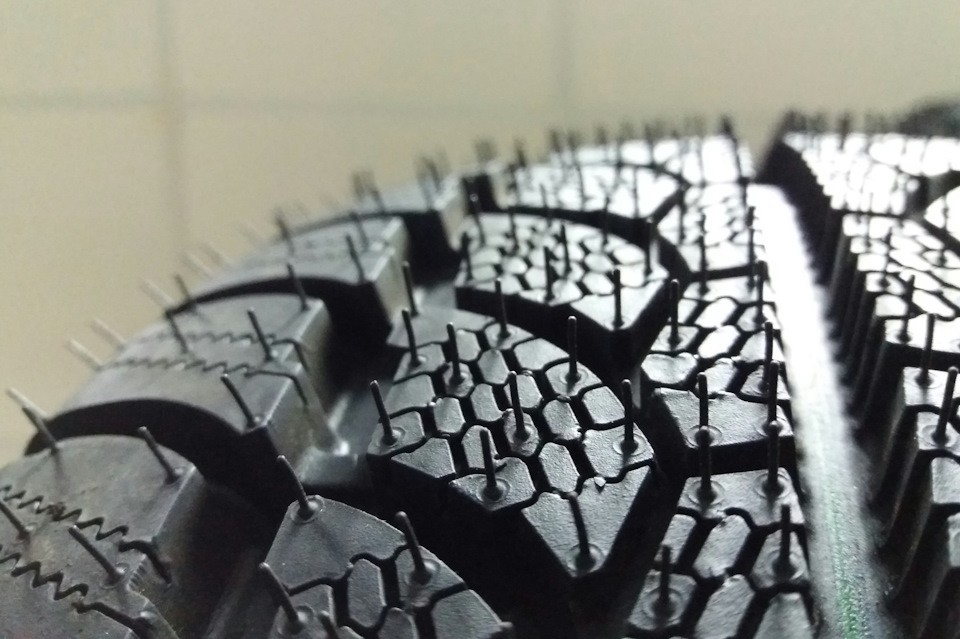
How to calculate power
Content
Horsepower is characterized by work done over time. The correct value for one horsepower is 33,000 pounds per foot per minute. In other words, if you somehow managed to lift 33,000,XNUMX pounds one foot in one moment, you would be working at the speed of one horsepower. In this situation, you would have exhausted a moment of life force of one horsepower.
The difference between power and torque for vehicles
Horsepower
Horsepower is known by speed and is measured at high revolutions per minute (RPM). Power is what forces the vehicle manufacturer to determine the maximum tachometer performance and also determines the type of tires and suspension that will be used on the vehicles. Horsepower sets limits on how fast an engine can propel a vehicle during a drive cycle.
Torque
Torque is known by force and measured low (grunt) and determined at low revolutions per minute (RPM). Torque is what causes a vehicle to go from rest to full motion. Manufacturers determine which type of differential and transmission to use based on torque. Horsepower will only speed up the transmission; however, torque is what causes the gears to make contact with a lot of force.
Part 1 of 4: Measuring car engine power
Materials needed to complete the job
- pen and paper
- Vehicle operation manual
Step 1: Get vehicle torque values. You can look it up in the user manual index and the book will tell you the torque values.
Step 2: Look up the engine speed in the owner's manual.
Step 3: Multiply the torque value by the motor speed value. You will use the formula (RPM x T)/5252=HP where RPM is engine speed, T is torque, and 5,252 is radians per second.
- Example: 2010 Chevrolet Camaro 5.7-liter produces 528 ft-lbs of torque at 2650 rpm. First you would calculate 2650 x 528. You get 1,399,200 1,399,200 5252. Take 266 and divide by XNUMX and you get horsepower. You will get XNUMX horsepower.
If you don't have a manual and want to know the power of the engine, you can check which engine is in the car. You can look at the engine and determine how many cylinders the engine has from the number of injectors and spark plugs.
Then check what type of engine is installed on the car. Look at the plate on the door, the label on the door jamb of the driver's door wall. This plate will indicate the year of manufacture of the car, load characteristics and engine size. If you don't have a door plate, look at that vehicle's identification number. Take the number and break down the VIN. Once you have the VIN breakdown, you will know what size the engine is.
Take the engine size and multiply it by the number of cylinders. Then take that number and multiply it by the number of cylinders divided by the size and then multiply by 3 for standard engines or 4 for a torque package engine. Then multiply the answer by pi. This will give you the engine torque.
- Example:
5.7 x 8 = 45.6, 8/5.7 = 0.7125, (0.7125 x 3 = 2.1375 or 0.7125 x 4 = 2.85), 45.6 x 2.1375 x 3.14 = 306 or 45.6 x 2.85 x 3.14 = 408.
Torque is 306 for the standard engines and 408 with the torque package. To determine the power, take the car and determine the rpm values.
Automatic transmission
- A warning: Before checking, make sure the brakes work. The vehicle will be in a full acceleration state and the faulty brakes will cause the vehicle to move.
Step 1: Set the parking brake and start the engine. Apply the service brakes all the way. Shift the shift lever to the "drive" position and press the gas pedal for about 3-5 seconds at wide open throttle.
Step 2: At full throttle, watch the RPM sensor. Record the pressure gauge reading. For example, the gauge may show 2500 rpm. This is the maximum value that the torque converter can produce at full engine torque.
Manual Transmission
Step 1: Take the car for a test drive. When shifting, do not use the clutch, but increase the engine speed until the gear lever engages.
**Step 2: When the shift lever shifts into gear, monitor the RPM sensor and record the reading.
Once you have the RPM meant for stall testing or slip testing, take the RPM and x for torque, then divide by 5252 and you get horsepower.
- Example:
Stall speed 3350 rpm x 306 Standard engine specs = 1,025,100 5252 195/3350 = 408. For engine with torque package: Stall speed 1 rpm x 366 = 800 5252, 260/XNUMX = XNUMX
Thus, the engine can have a power of 195 hp. for standard engine kit (3" hole depth) or 260 hp for torque kit (4" hole depth).
Part 2 of 4: Measuring engine power on a motor stand
Materials needed to complete the job
- Breaker 1/2 drive
- Depth micrometer or caliper
- Internal micrometer
- Micrometer set
- pen and paper
- SAE/Metric socket set 1/2 drive
- Telescopic sensor
If you have an engine on an engine stand and want to determine how much horsepower it is capable of producing, you need to follow these steps:
Step 1: Remove the intake manifold and engine cylinder heads. Make sure you have a pan in case coolant or oil suddenly leaks from under the engine.
Step 2: Get an internal micrometer or telescopic gauge. Measure the diameter of the cylinder around the top, just below the ring boss.
- Attention: The ring ridge is where the piston stops and forms a ridge above the piston as the piston rings in the bore wear.
Step 3: After measuring the hole, take a set of micrometers and find a micrometer that will fit the size of the tool being used. Measure the tool or read the inside micrometer to find out the hole size. Read the micrometer and record the measurement. For example, checking the bore on a 5.7 liter Chevrolet block will read about 3.506 on the micrometer.
Step 4: Take a depth micrometer or caliper and check the distance from the piston stops at the top and bottom of the hole. You will need to measure the piston at bottom dead center (BDC) and again at top dead center (TDC). Read the depth gauge reading and record the measurements. Subtract two measurements to get the distance between them.
Now that you have the measurements, you need to come up with a formula to determine the proper amount of horsepower the engine will produce.
It is best to use the following formula:
Cylinder size times the depth of the cylinder times the number of cylinders times the pie chart.
- Example:
3.506 x 3 x 8 x 3.14 = 264.21
This example is based on a 5.7L Chevrolet engine with a bore of 3.506, a depth of 3 inches, a total of 8 cylinders, and multiplied by (3.14), giving 264 hp.
Now, the longer the piston stroke in the engine, the more torque the engine has, as well as the more horsepower. With long connecting rods, the engine will spin the crankshaft very quickly, causing the engine to rev very quickly. With short connecting rods, the engine will rotate the crankshaft from more moderate to slower, causing the engine to rev for a longer period of time.
Part 3 of 4: Measuring Electric Motor Power for Electric Vehicles
Materials needed to complete the job
- pen and paper
- Vehicle operation manual
Step 1: Find your vehicle's owner's manual. Go to the index and find the characteristics of the electric motor. If you do not have an instruction manual, then find the nameplate on the electric motor and write down the characteristics.
Step 2: Write down the amplifiers used, the voltage used and the guaranteed efficiency. Then use the formula ((V * I * Eff)/746=HP) to determine the motor horsepower. V = voltage, I = current or current, and Eff = efficiency.
- Example:
300 x 1000 x 0.80 = 240,000 746 / 321.715 = XNUMX
The electric motor will produce about 322 horsepower continuously. Diesel and gasoline engines are not continuous and require variable speeds.
Part 4 of 4: If you need help
If you need help determining your vehicle's engine specifications or need help calculating your engine horsepower, you should seek help from one of our certified mechanics who can help you with your vehicle. .

